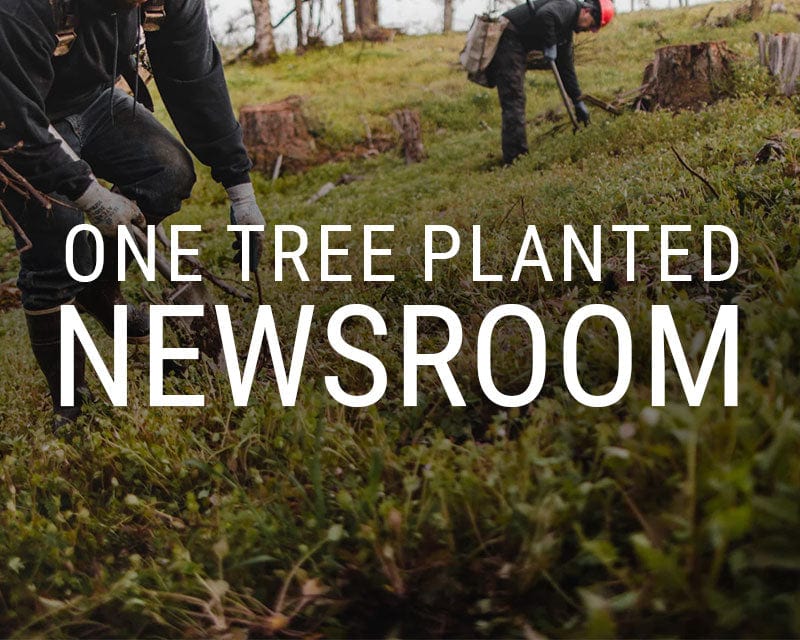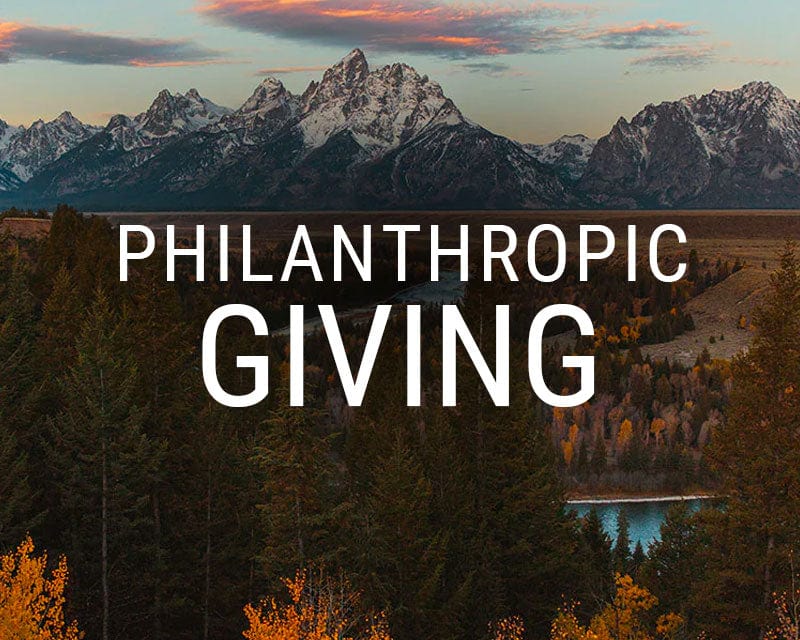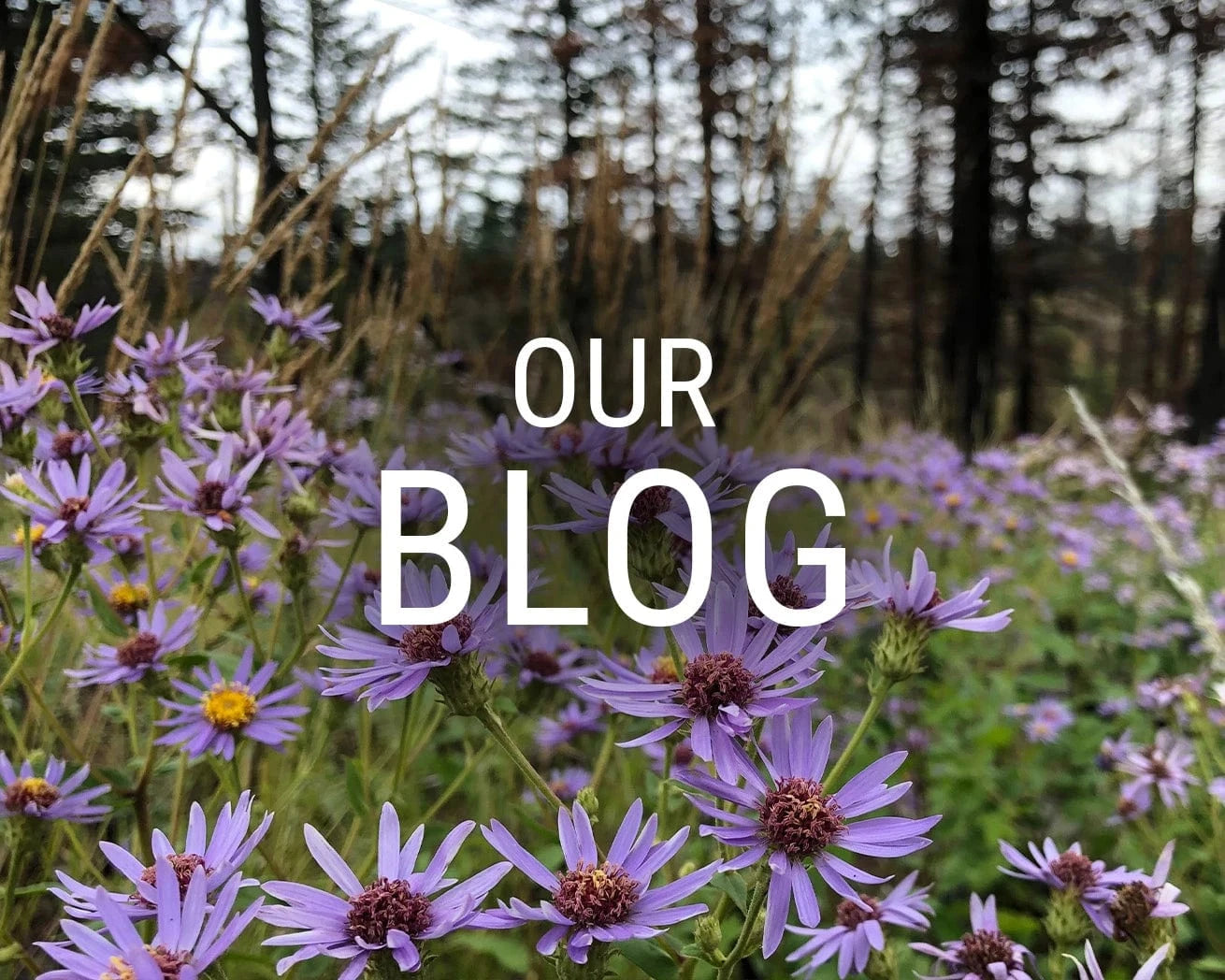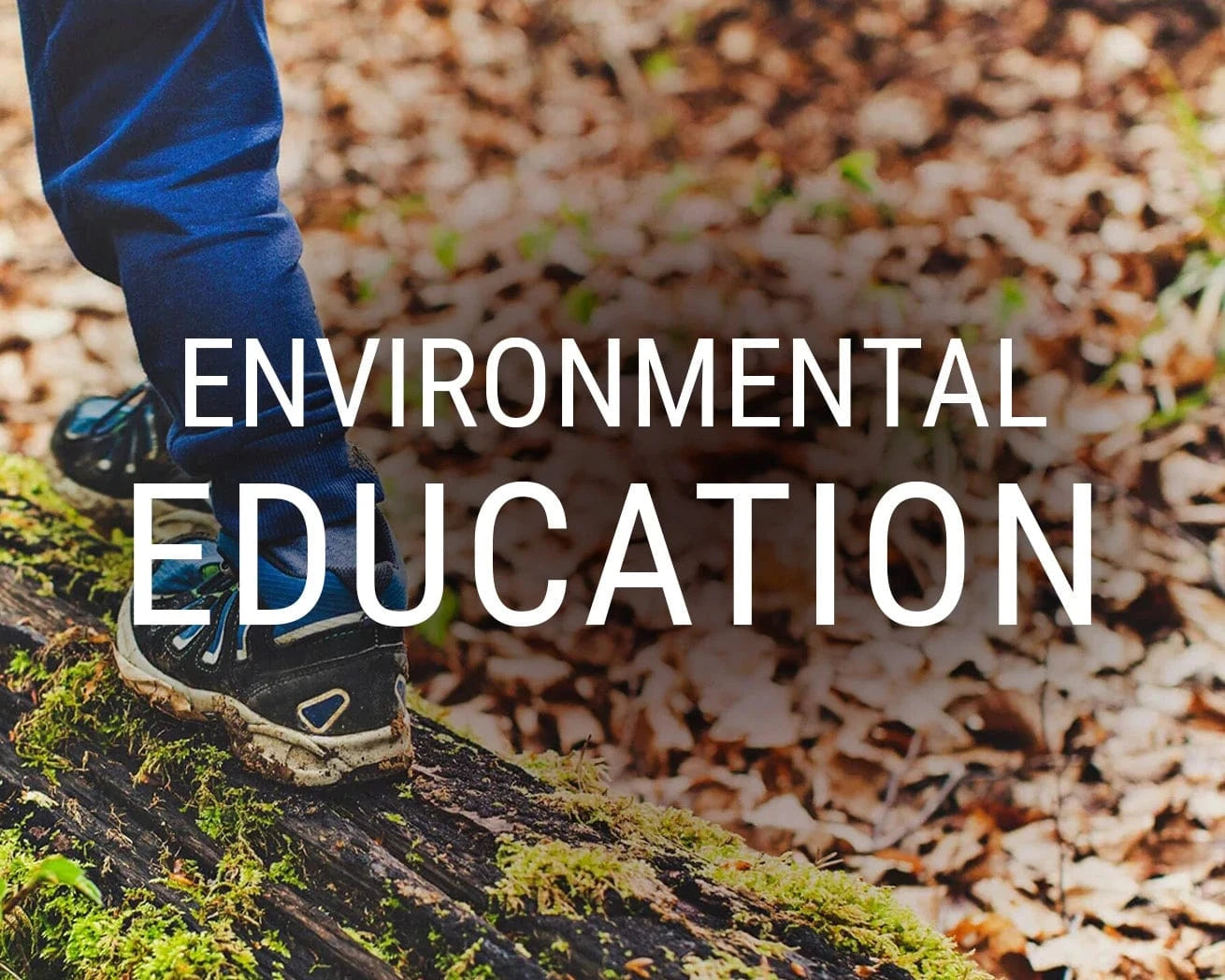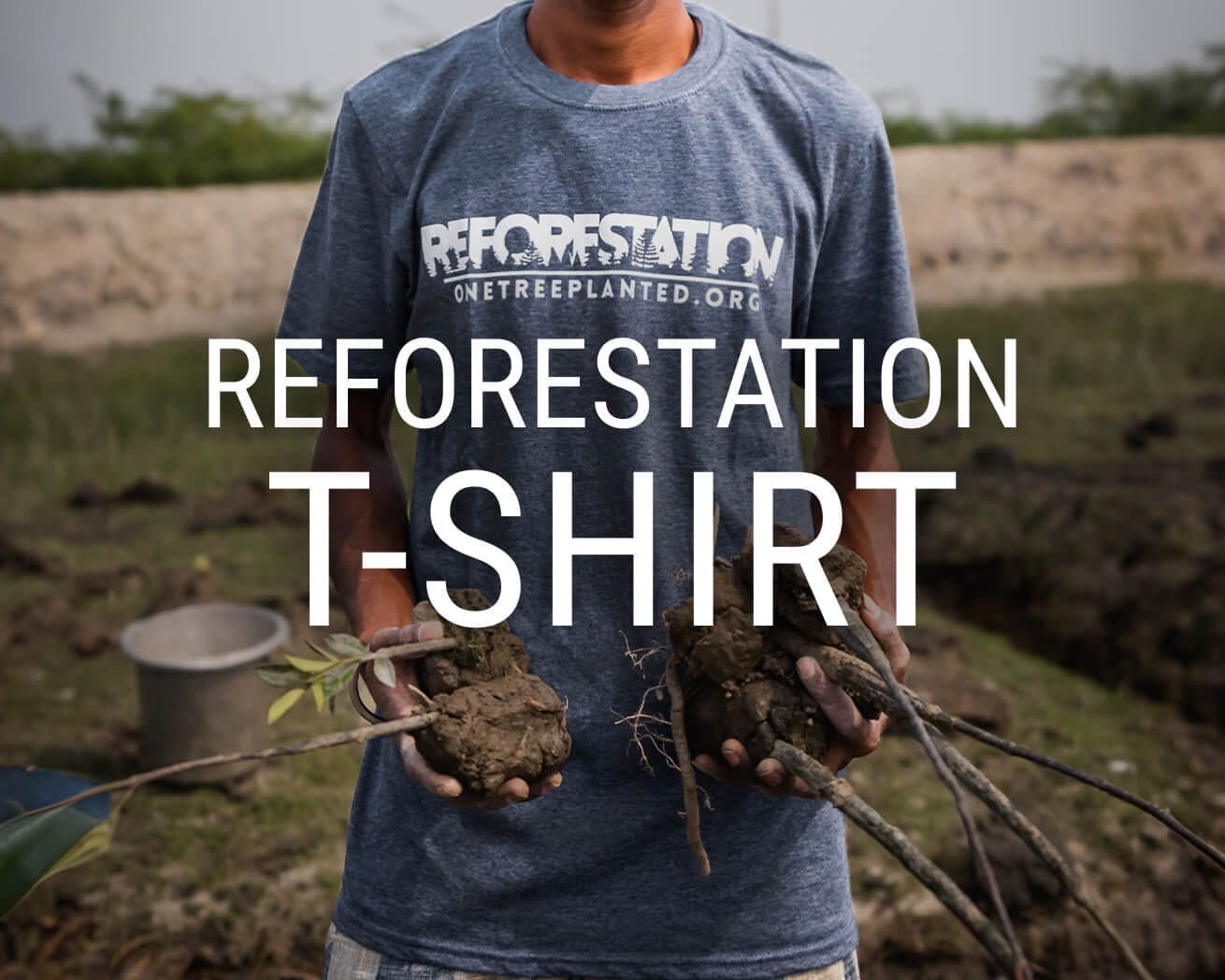Grow your Impact
Grow your
Impact
Achieve your Business sustainability goals by planting trees
Infinite Ways to Become a Business Partner
Plant Trees for Every Product or Service
Our one-for-one model allows your company to plant one tree for every product or service sold - online or at a point-of-sale.
Our flexible team can work with you to find a model that seamlessly aligns with your goals and values.
Employee Gifting and Matching Programs
Empower your employees to contribute to a greener planet by offering them the opportunity to gift trees through bulk certificates or coupon codes.
Or double the impact of your employee's contribution through grant matching!
Seasonal or Limited-Edition Campaigns
Launch a partnership with One Tree Planted to coincide with the release of an eco-conscious product or service, or align it with the celebration of our cherished seasonal holidays, including Treecember, Earth Month, and World Environment Day.
Contribute to your Net-Zero Goals
Trees are not only a symbol of sustainability but a practical tool to capture carbon emissions and enhance your green credentials.
As we work together, we'll explore a spectrum of options, ensuring your organization's journey towards net zero is not just efficient but impactful.
Working with brands like:
Why Partner with Us?
Since our establishment in 2014, we've been committed to simplifying environmental contributions for individuals and businesses. With your support, we drive environmental conservation and global reforestation efforts.
From small businesses to Fortune 500 companies, we make reforestation at the core of our operations. Our flexibility and tailored solutions allow your business to create a healthier climate, protect biodiversity, and make a difference.
Planting Partners
Countries
Trees Planted

Project Reporting
Once a project is complete, our Monitoring, Reporting and Verification team works closely with our reforestation partners to map and record their growing trees.
Through a project report, we'll share the impact your donation has made on the overall forest health, biodiversity, and surrounding communities.
We'll additionally supply you with important KPI's like acres reforested, wildlife species benefitted, women involved, jobs supported and more.
Support & Resources
Upon signing up as a business partner, you will immediately gain access to our Business Partner Assets.
From photos and videos, to logos, press release templates and social assets ready to publish, we supply you with everything you'll need to help you market this exciting partnership.
You'll also be appointed with an Account Manager who can help your team choose the right project, determine a donation schedule and support with any partnership questions.


Project Portfolio
Dive into our diverse project library, offering a wide array of landscapes and environmental impacts.
From enhancing soil stability to supporting marginalized communities and agroforestry projects, and rejuvenating regions devastated by wildfires, you'll find a multitude of impactful initiatives to choose from.
We're a global force, active in all six regions of the world - North America, Latin America, Africa, Asia, Europe, and Oceania.

Community Events
One Tree Planted helps fund volunteer restoration events around the world. The focus of these events range from planting trees to removing invasive species, cleaning up critical watersheds, and more.
Tree planting events typically occur during the spring and fall planting seasons and can take place in neighborhood parks, along streets and parkways or within nature reserves. Restoration work is always needed at project sites, so restoration events can take place nearly any time of the year!
Join UsHow Businesses Are Giving Back

Volvo
Test Drive for Trees
Volvo's #RechargeThursday initiative was an invitation to test drive their plug-in hybrid or electric vehicles. Each test drive resulted in the planting of 5 trees through One Tree Planted, turning a test drive into a green experience that helped the environment.

Starbucks
Rewards Program
Starbucks turned reforestation into a gamified experience during Earth Month. Customers actively participated in deciding where trees would be planted through their loyalty rewards program, making every coffee break a strategic move for a greener world.

Coldplay
One-for-One
Coldplay's Music of the Spheres World Tour isn't just about music; it's about harmony with nature. They committed to planting 8 million trees, one for each ticket sold, ensuring that every concertgoer was not only treated to great music but also became a part of a global reforestation effort.

Busch Light
Earth Month Campaign
During Earth Month, Busch Light delivered a refreshing message with "You Can't Drink Beer in Space." They donated to One Tree Planted for every case sold in April, turning sips into a meaningful contribution to the planet.

ASICS
Cross Channel Campaign
ASICS went the extra mile to make running more meaningful. They planted a tree for every shoe purchased through the Road Tested Program, created running challenges using the RunKeeper app, and united runners for reforestation at the World Athletic Championships, turning every run into a stride towards a more sustainable world.

Cotton On Foundation
Point of Sale
Cotton On Foundation's April initiative brought planting trees to the point of sale. Customers could contribute to the pledge of planting 1 million trees through their purchases or donations, making shopping more meaningful and our planet greener.

Cirque Du Soleil
Community Engagement
Cirque Du Soleil celebrated the opening of their latest show, ECHO, in a unique way. They engaged the show's cast and crew to plant urban trees in Montreal and created seed paper inserts for the opening, combining art and nature on the stage and speaking to their environmental efforts.

Dominos
Social Media Campaign
Domino's put its sustainable cardboard recycling program in the spotlight with a social media voting campaign. Customers were engaged by selecting projects that mattered to them, turning pizza orders into a menu of sustainability choices.

Hendrick's Amazonia Gin
One-for-One
Hendrick's limited-release Amazonia Gin is more than a delightful drink. For every bottle purchased, they plant a tree in the Amazon Rainforest, combining enjoyment with a commitment to environmental conservation.
Frequently Asked Questions
Get Started Today
Fill out the form and let us know how you want to get involved! You can also reach out to us directly by calling now or setting up a zoom call.
As a Business Partner, You will get access to:
- Incredible project stories for your business to storytell
- A dedicated account manager to help you accomplish your goals
- Access to a media library including photos, videos, badges and logos
- Regular updates on all the projects you are supporting
- Visibility on our website after a donation milestone
- Support from One Tree Planted Marketing Team to approve and review materials, content and campaigns

